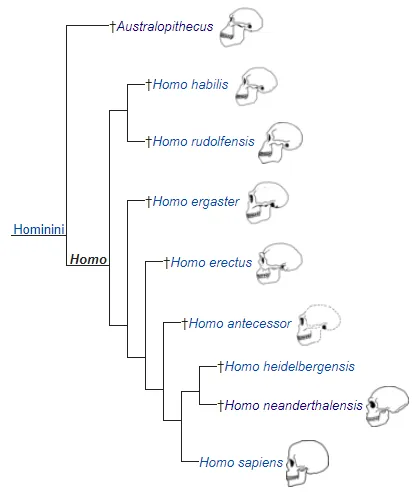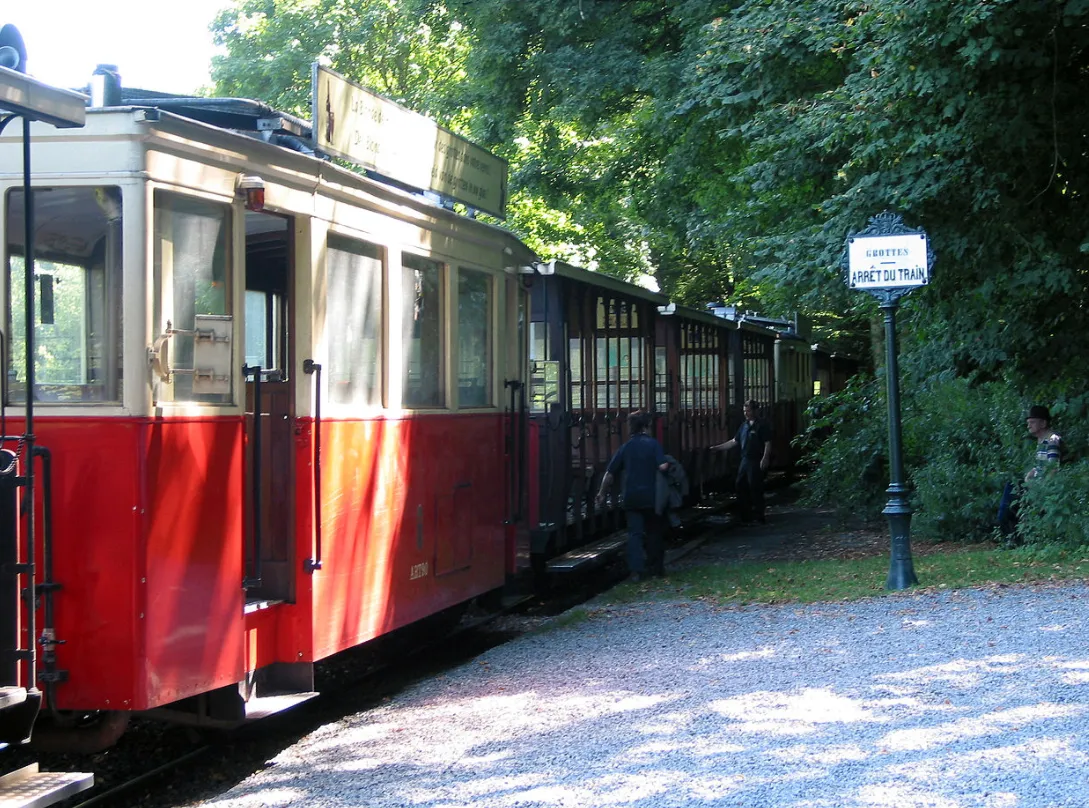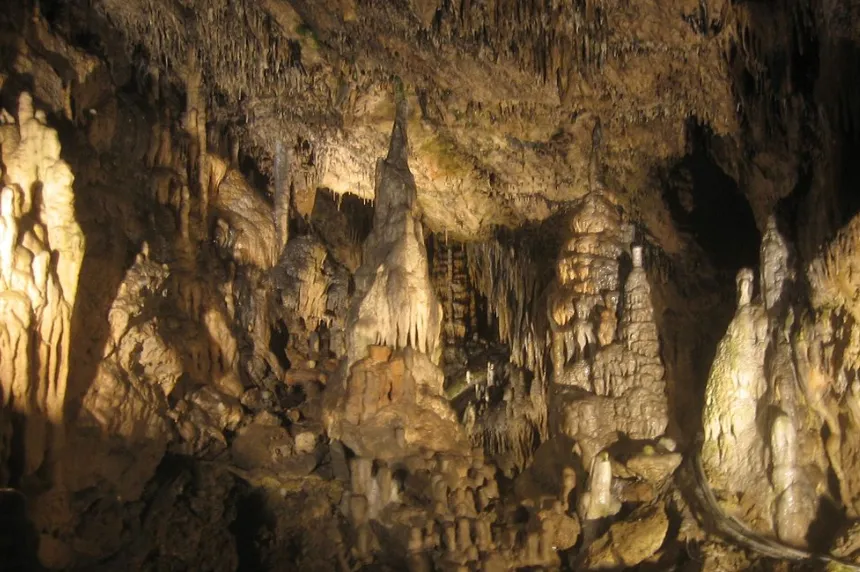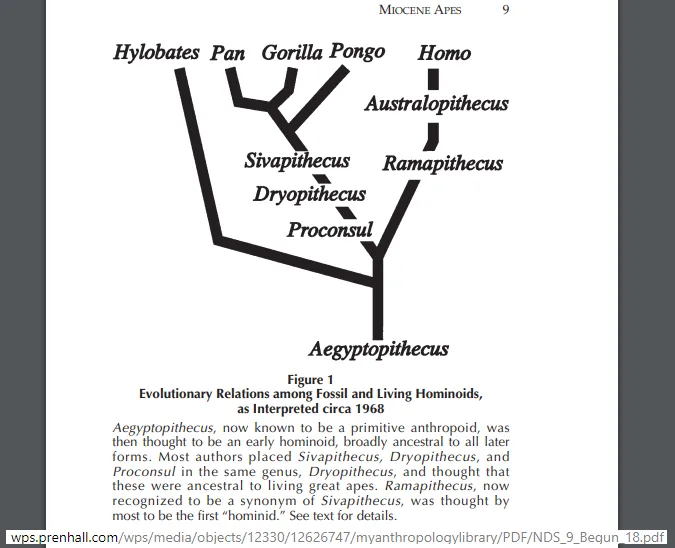Researchers on an expedition in Goyet have found human bones - including those of a child - with signs of cutting and fractures. They believe this confirms our ancestors were cannibals - and the previous inhabitants of the cave broke into the bones to extract marrow. Archaeologist Christian Casseyas said: “It is irrefutable, cannibalism was practised here.”
He said the Neanderthals “broke these bones in the same way that they broke those of the reindeer and horses found at the entrance of the cave, certainly to extract the marrow.” Fellow researcher Helene Rougier also believes the broken bones indicate cannibalism - as well as Neanderthals creating weapons using the remains of the dead. She said: “Indeed, we can conclude that some Neanderthals died and were eaten here.
Prof Herve Bocherens of the University of Tübingen said: “These indications allow us to assume that the Neanderthals practised cannibalism. “The many remains of horses and reindeer found in Goyet were processed the same way.”

https://www.express.co.uk/news/science/748897/Neanderthals-cannibals-goyet-cave-belgium
In the Caves of Han in Belgium,
"Frequented by man for over 4,000 years, the Cave of Han has yielded up an impressive quantity of archaeological remains dating from the Late Neolithic to modern times. The best represented period is without doubt the Late Bronze Age. The quantity of objects discovered is such that it makes Han one of the most important sites in western Europe for this period."
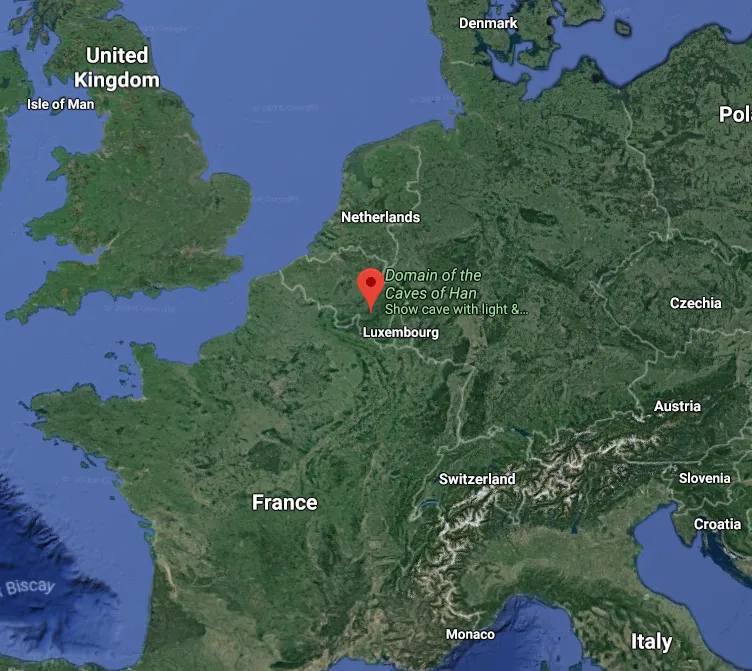
"Access is only possible via a vintage streetcar, a remnant of the country's once extensive vicinal tramway system, which departs from the center of Han-sur-Lesse. The entry to the caves is about 2 km (1 1⁄4 mi) from the village. "
"The guided tour takes about an hour to an hour and a half and includes a sound and light show in one of the largest chambers of the cave and an ending with a simulated cannon shot to demonstrate the cave's acoustic properties. Visitors exit the cave by way of a short boat ride at the point where the Lesse emerges on the surface. This has been replaced by a bridge."
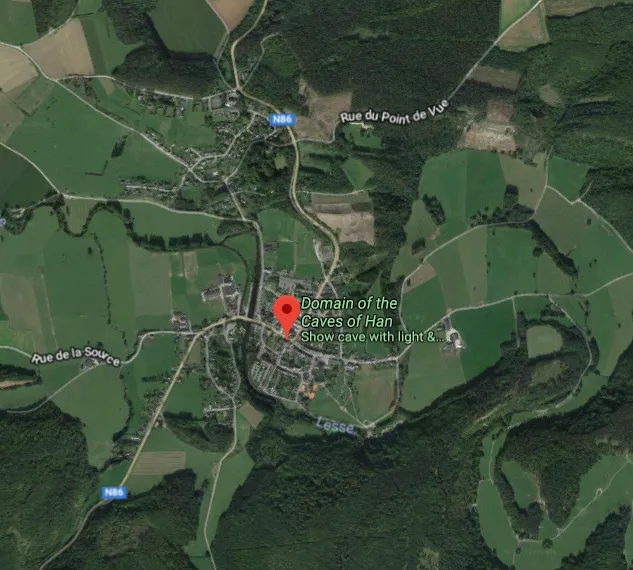
"The caves are the result of the underground erosion of a limestone hill by the river Lesse"
ABSTRACT "Neanderthals have been commonly depicted as top predators who met their nutritional needs by focusing entirely on meat. This information mostly derives from faunal assemblage analyses and stable isotope studies: methods that tend to underestimate plant consumption and overestimate the intake of animal proteins. Several studies in fact demonstrate that there is a physiological limit to the amount of animal proteins that can be consumed: exceeding these values causes protein toxicity that can be particularly dangerous to pregnant women and newborns. Consequently, to avoid food poisoning from meat-based diets, Neanderthals must have incorporated alternative food sources in their daily diets, including plant materials as well." [Yrbk Phys Anthropol 156:43–71, 2015.]
https://onlinelibrary.wiley.com/doi/pdf/10.1002/ajpa.22659

"The earliest hominins probably diverged from apes around 6–8 Ma [30], and their evolution can be seen as a response to these changes—apes who, as the final part of a Miocene ape radiation, adapted to new wooded environments. Rather than apes who came down from the trees, as traditionally seen, our ancestors were the bush country apes, and as such, through the last 3 Myr especially, some of them became exposed to more open habitats where natural fire was much more prevalent and obvious."
http://rstb.royalsocietypublishing.org/content/371/1696/20150164
Common Ancestor: https://en.wikipedia.org/wiki/Australopithecus
4 million years ago, extinct two million years ago
Herto Man: https://en.wikipedia.org/wiki/Homo_sapiens_idaltu
160,000 years ago
Neanderthal: https://en.wikipedia.org/wiki/Neanderthal
became extinct about 40,000 years
